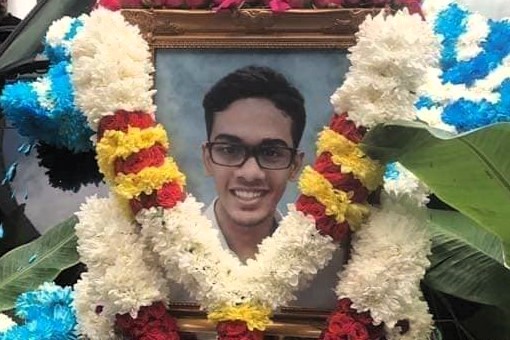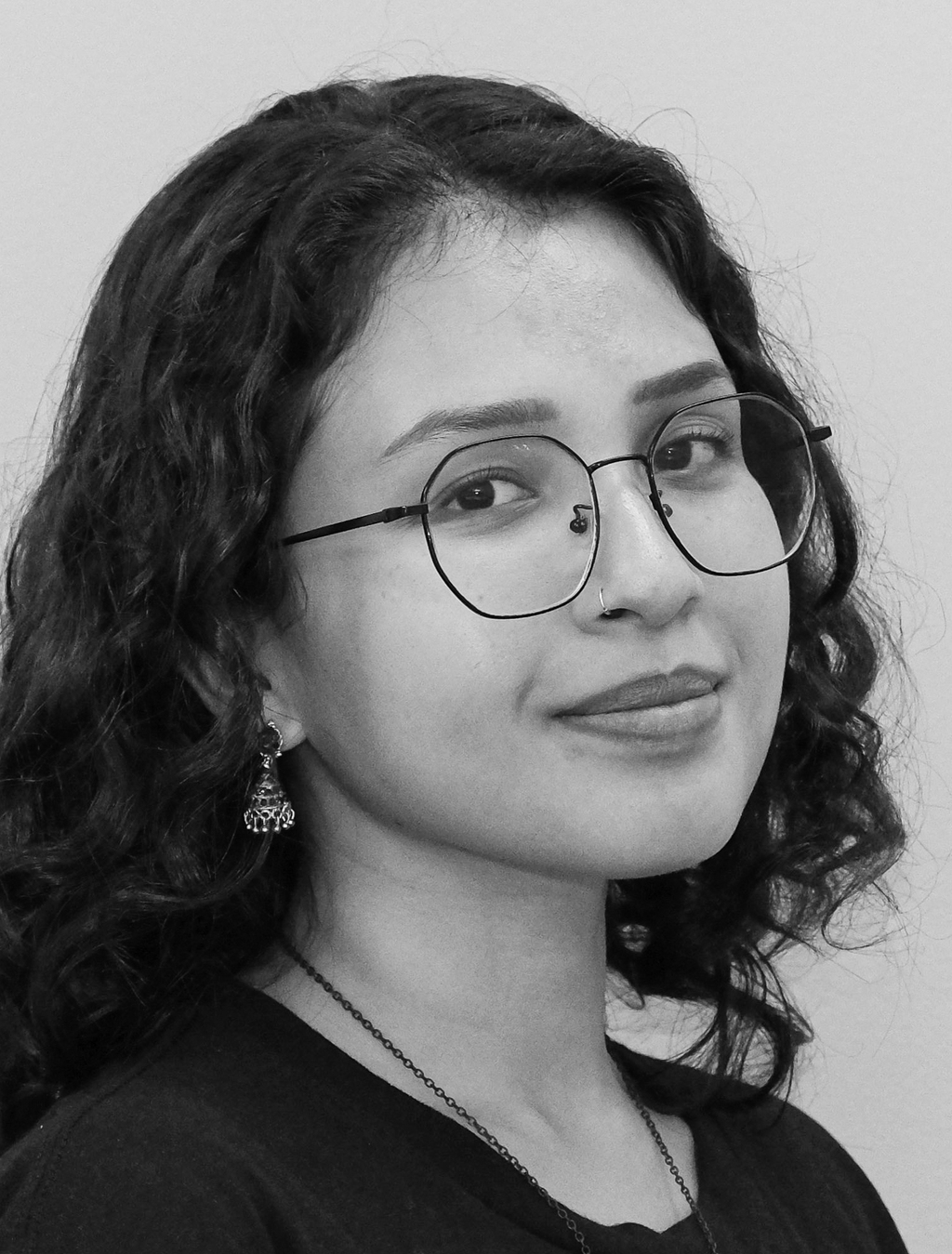KUALA LUMPUR – The Penang High Court’s decision to acquit five individuals charged with the 2017 murder of 18-year-old T. Nhaveen was primarily attributed to significant lapses in the prosecution’s handling of the case.
In an 80-page grounds of judgment, high court judge Mohd Radzi Abdul Hamid highlighted critical errors, including the failure to cross-examine key witnesses and summon individuals with potentially crucial testimony.
The prosecution, which failed to prove a prima facie case, was represented by deputy public prosecutors Mohd Azhar Hamza and Muna Jaffar while lawyers Datuk Naran Singh, Manveer Singh Dhillon and S.Yagoo represented the five who were accused.
“In reaching its decision, the court does not deny that the victim (Nhaveen) died due to injuries sustained from the actions of other people. The same goes for how (Nhaveen’s friend, T. Previin) suffered serious injuries caused by other individuals.
“However, legal principles state that the prosecution has a task to prove its case based on the strength of (its witnesses’) testimony instead of the weakness of the accused’s case,” the judge said in the summary section of his verdict.
On October 3, Radzi found the five figures not guilty of murdering Nhaveen between 11pm and midnight on June 9, 2017 at the Bukit Gelugor area, as well as committing grievous assault on Previin, then 19, on the same night at the same location.
Nhaveen reportedly had cigarette burns on his back and head injuries before he died days after being pronounced brain dead.
The Attorney-General’s Chambers (AGC) has since filed a notice of appeal against the state high court’s acquittal of the five accused.

Court rules Nhaveen never brought to Padang Openg after flawed prosecution witnesses’ testimony
In explaining his judgement, Radzi pointed out that the prosecution had heavily based the narrative of its case on alleged occurrences at Padang Openg, which is where Nhaveen was reportedly brought after he was physically assaulted at Jalan Kaki Bukit.
However, conflicting statements by prosecution witnesses, including Previin, raised doubts about whether Nhaveen had been brought to that location.
“The defence argued that there was doubt on whether or not (Nhaveen) had been beaten up at Padang Openg,” the judge said.
“The defence also put forth that there were contradictions between (Previin’s) statement and investigating officers Aniq Irfan Ishak as well as Norhisham Ramli as the latter two said that incidents at Padang Openg never happened.”
The judge noted that Previin’s failure to notify Aniq of incidents at Bukit Openg while the police personnel carried out investigations at Jalan Kaki Bukit raised the possibility of said events being “made up or exaggerated.”
“In fact, the court found that during cross-examination (by Naran), (Previin) agreed that his first police report was false. This is a changed answer from when he was earlier challenged on the same matter.
“During re-examination, the prosecution did not question why (Previin) changed his answer to agree with the suggestion that his first police report was untrue, seeing as how he had initially asserted the truth of the report.
“This was a serious discrepancy as it denies Previin’s initial testimony,” Radzi said, adding that the prosecution’s lack of clarification on the matter allowed the witness’s contradictory statement to remain as part of its case.
The judge added that the prosecution should have summoned Praveen Raventhiran as a witness since Previin had named him as the person who brought Nhaveen to the location, if the prosecution had wished to dispute testimony by the investigating officers on the lack of probes in Padang Openg.
“If summoned, Praveen could have confirmed whether he was the one who brought the victim to Padang Openg – if someone else had done so and who else was there,” the justice said.
“He could also have testified whether (Nhaveen) was even brought there and if he wasn’t, where he was actually brought and most importantly, who assaulted the victim.
“The prosecution’s failure to call up Praveen as a witness caused the contrary testimony between Previin and the investigating officers to not be resolved. In the court’s opinion, Praveen was a material witness whose testimony was important to completing the prosecution’s case narrative.”

Besides that, Radzi highlighted that during re-examination, the prosecution had failed to press Norhisham for an explanation after he agreed with the defence’s suggestion that Previin’s second police report, lodged on May 22, 2021, was untrue.
After considering all of Previin’s testimony against other witnesses, the judge said he found that Previin’s testimony was not credible and did not support the possibility of a fight happening at Padang Openg.
“The inconsistency in (Previin’s) statements were not just on one or two immaterial matters, but extended until he admitted the falsehood of his police report – causing his testimony to be deemed scandalous. As such, the court rejected (Previin’s) entire testimony regarding the events at Padang Openg.
“(Because of the) defects and serious weaknesses in the prosecution’s case stemming from (Previin, Aniq and Norhisham’s) testimony, the court could not possibly have accepted (Previin’s) accusatory testimony against those accused as the ones who had attacked (Nhaveen) at Padang Openg.”
The judge stressed that under conditions where the court has rejected Praveen’s testimony, Previin would have been the last person to see Nhaveen alive and could have testified on what happened to the victim after he was brought away from Jalan Kaki Bukit.
“If Praveen had said that (Nhaveen) was not harmed anywhere else, only then could it have been said that there is a connection between the injuries suffered by the victim at Jalan Kaki Bukit and his death.
“Unfortunately, Praveen was not called as a witness (by the prosecution) to clear the air, even though he was present in court for the identification process. The prosecution has not explained this matter.”
Were the prosecution’s charges against the five accused transparent and fair?
Meanwhile, the judge pointed out that no testimony was recorded from the investigating officers regarding Previin’s assertions that the five accused were among 20 people who had assaulted Nhaveen.
“Besides the five accused, (Previin) named other individuals, including Kogendran, Doori, Kotte Roti and Vignes Patmanaban,” Radzi said.
“No testimony was recorded from either investigating officers on whether or not investigations were carried out on the named individuals to disqualify them as suspects who could have caused Nhaveen’s injuries.

“It is a legal principle that the burden of proof is placed on the prosecution whose job is to prove its case. Due to the lack of testimony on those named (by Previin), there is doubt on whether the charges against the five accused were based on transparent and fair investigations as well as clear testimony.”
Since the prosecution did not prove that the injuries leading to Nhaveen’s death were the injuries sustained at Jalan Kaki Bukit, four of the accused – J. Ragesuthan, 22; S. Gokulan, 22; and two others, who were underage at the time of the offence – were made to defend themselves against a charge (Charge 1) with unclear facts.
The fifth accused, Gokulan’s elder brother S. Gopinaath, 30, was in December, 2021 charged with murdering Nhaveen at the same time and date as the four other accused.
While the other four’s charges stated that the incident happened at Jalan Kaki Bukit, Gopinaath’s charge (Charge 3) accused him of committing the offence at the Jalan Bunga Raya residential park.
This discrepancy was noted by Radzi, who said that the contradiction should not have happened, adding: “It would be impossible for the same murder victim to be killed at two separate places.
“The discrepancy caused two possibilities where Charge 1 and Charge 3 disputed each other and were seen as clouded charges, thus leaving those accused to be misled or prejudiced against.” – December 16, 2023


